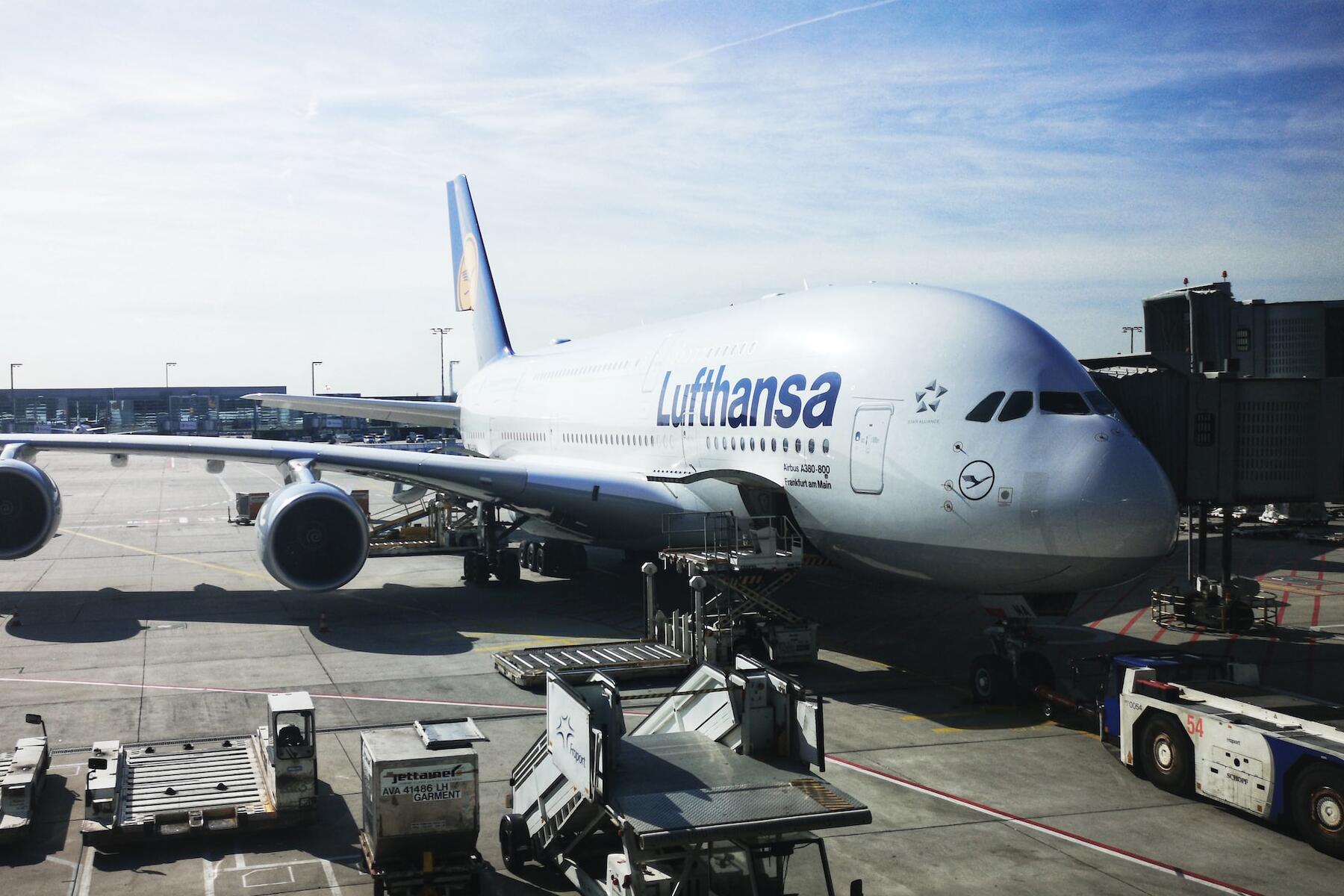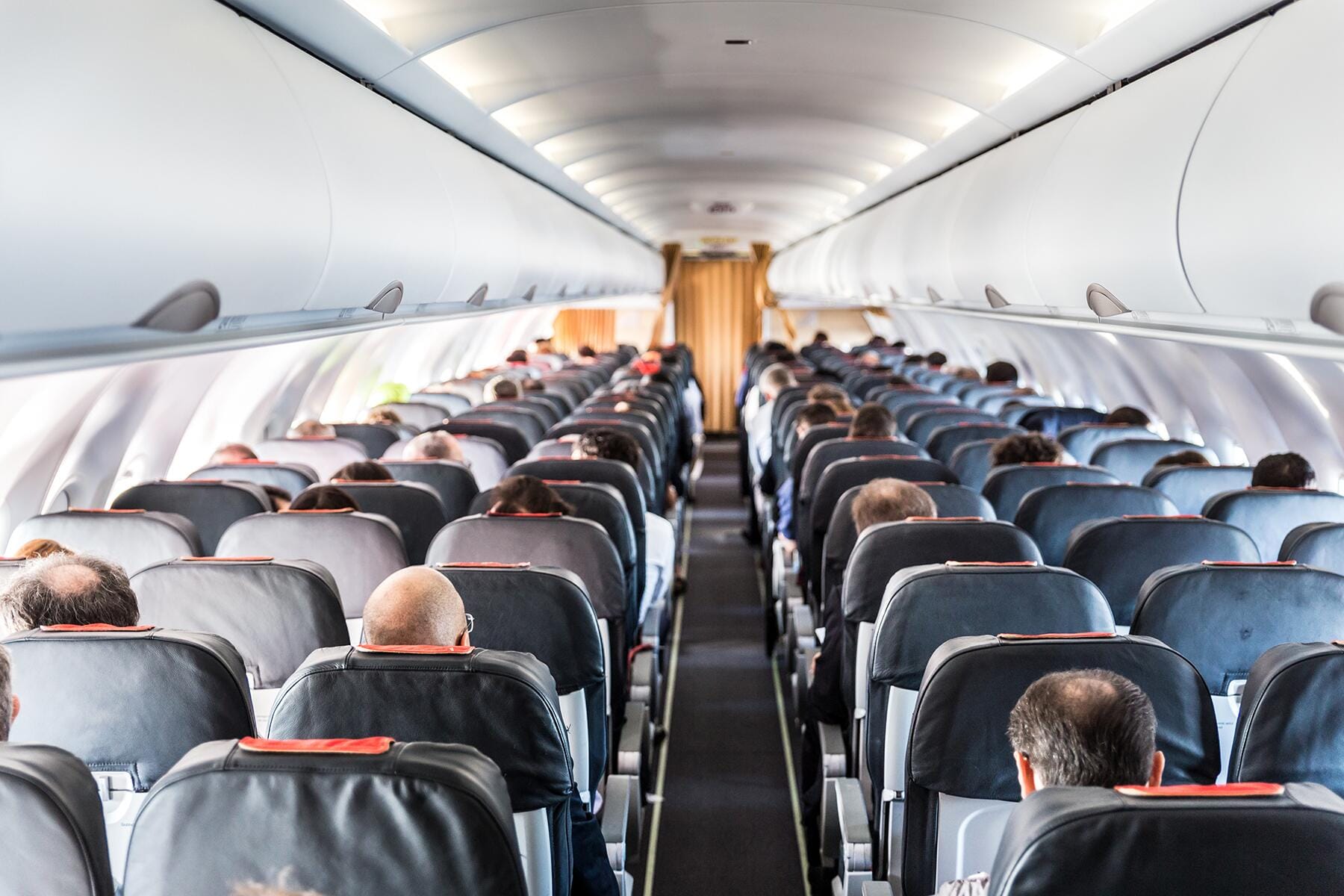More accurate passenger weights can also help airlines operate more efficiently.
News that Finnish flag carrier Finnair will begin weighing some passengers and their carry-on luggage for select flights departing Helsinki later this year was met with the usual round of knee-jerk internet fuming.
The British tabloid The Daily Mail shared several examples of outraged would-be travelers who vowed never to fly Finnair, or who incorrectly claimed an aircraft accident had never been attributed to incorrect passenger weights (actually, there have been, more than once).
But airlines should understand how the practice of weighing passengers could be controversial, and draw negative attention, right?
Certainly, which is why Finnair offers a detailed explanation about what’s actually going on. It’s also worth noting the weighing of passengers and their carry-on baggage on a select number of flights departing Helsinki is completely voluntary and anonymous.
Accurately estimating the weight of an aircraft during both takeoff and landing phases is vital to safe operations. Most things involved—the empty weight of the aircraft, the weight of the fuel, catering, potable water stores—are known quantities. The unknown quantity is the weight of passengers and their carryon baggage.
In the early days of aviation, it was vital to weigh each passenger and their baggage prior to takeoff—generally because aircraft were smaller. On smaller planes, each passenger weight is proportionally more impactful to the weight and balance calculation, and it is still common practice today to weigh passengers before flights involving small fixed-wing aircraft and helicopters.
Recommended Fodor’s Video
On commercial jetliners, it’s a common practice in most countries to use average weights. Regulators in the United States and Europe both prescribe average weights for airlines to use for passengers and their carry-on baggage. In the U.S., the FAA uses weights determined based on data from the U.S. Centers for Disease Control, and those even fluctuate on a seasonal basis to account for the heavier clothing passengers wear in the winter months.
In Europe, airlines can either use the standard weights defined by the European Aviation Safety Authority (EASA), or their own measurements. When airlines elect to use their own measurements, EASA requires that airlines update these figures every five years. Finnair, which began using their own measurements in 2018 based on data collected (you guessed it, by weighing volunteer passengers) in 2017 and 2018, is due to update their measurements.
Finnair also assures passengers who volunteer to be weight before their flights won’t have their results linked to any identifying factors. Satu Munnukka, Head of Ground Processes at Finnair, said: “We use the weighing data for the average calculations required for the safe operation of flights, and the collected data is not linked in any way to the customer’s personal data. We record the total weight and background information of the customer and their carry-on baggage, but we do not ask for the name or booking number, for example. Only the customer service agent working at the measuring point can see the total weight, so you can participate in the study with peace of mind.”
Finnair will deliver their results to Finnish regulators in late 2024, and will use average weights based on the new measures from 2025 through 2030, when the weights will again be updated if Finnair elects to continue using their own data to determine the averages.
While Finnair does not provide a reason for its election to use its own measures for average passenger weights instead of the averages developed by EASA, it’s worth noting that airlines typically do so if they have good indication their own data would differ. More accurate passenger weights can also help airlines operate more efficiently. If passenger weight is overestimated, airlines would have to load more fuel, which adds more weight to the aircraft, which in turn burns more fuel—so it’s environmentally friendly to avoid burning fuel to unnecessarily carry more fuel.
Finnair will be collecting passenger data in February, April, and May, 2024. Data collection will end after the airline has received enough data to estimate new average weights.






More airlines need to weigh passengers and or charge extra. I am sick and tired of sitting next to an overweight individual.
They may not enjoy the stench of condescension from the passenger next to them. While you're at it, let's charge extra for anyone with bad breath, or whose clothes smell like smoke.
I once was flying from Buffalo to Chicago and had to sit in a space even a child would have found tight. Two very overweight passegers sat next to me and the seat arms had to be removed to give them room. That left me a half seat to sit in.